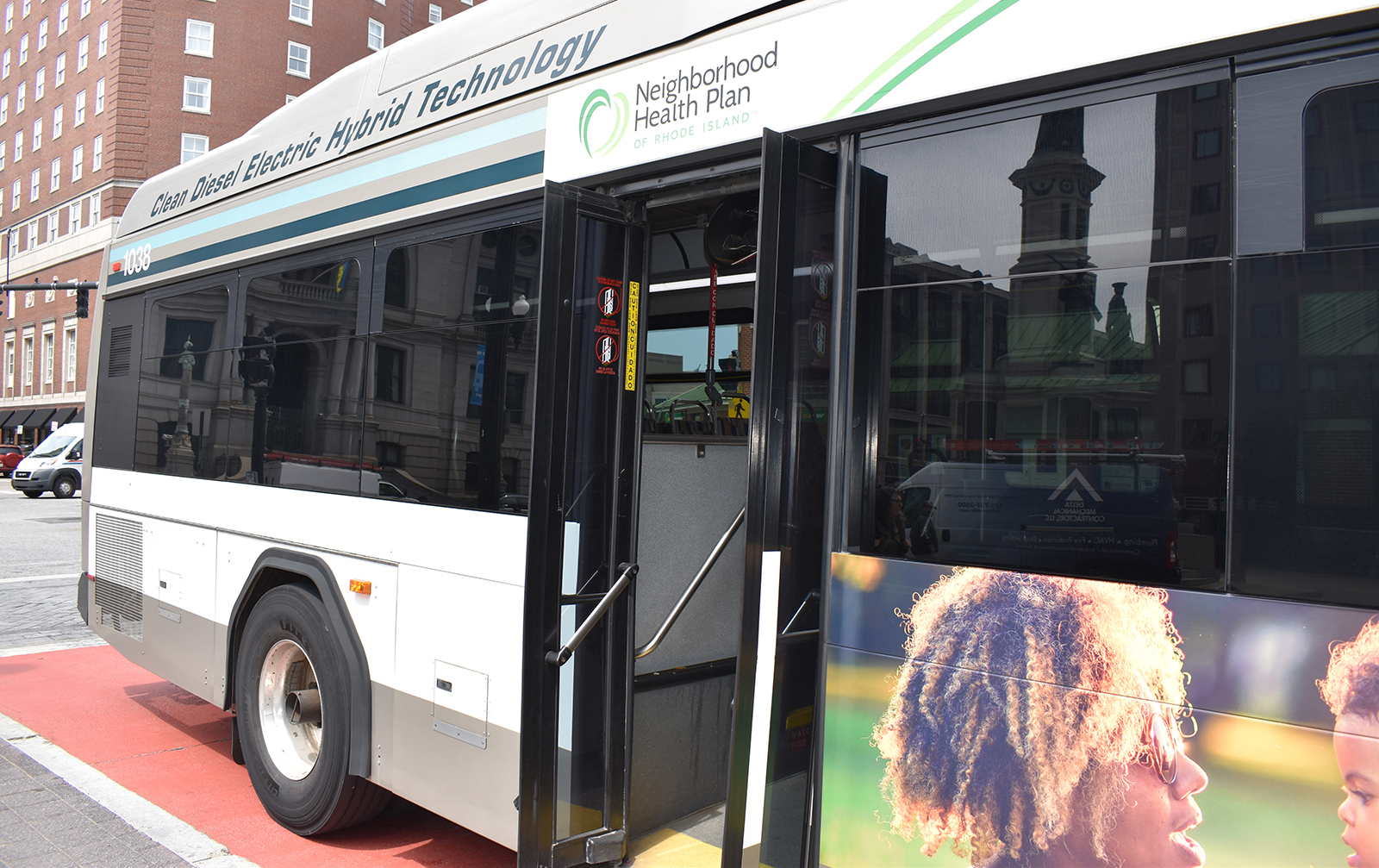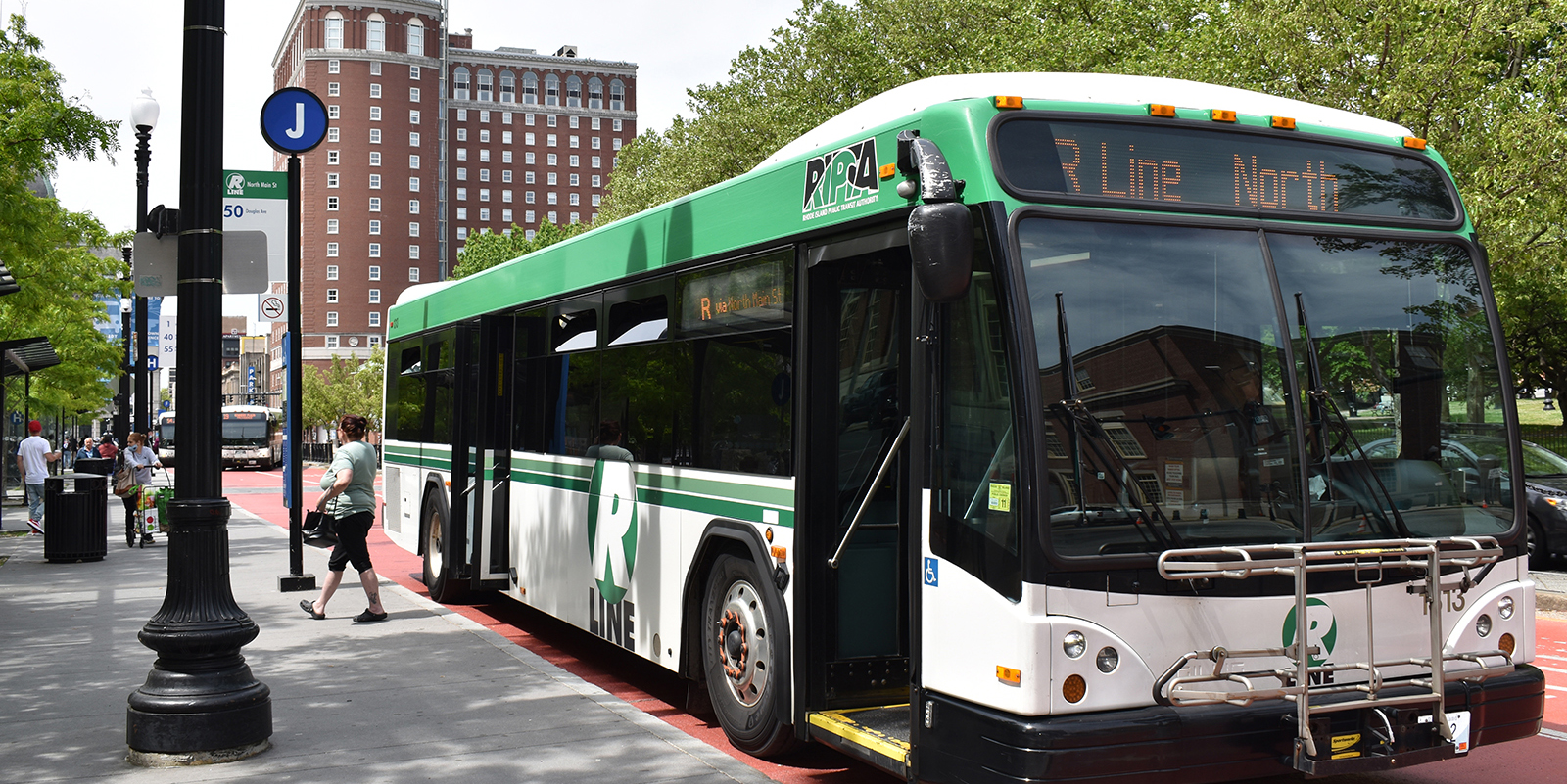2016 Electric Vehicle Sales Spike, Incentives Improving
January 22, 2017
PROVIDENCE — Electric vehicles (EVs) are getting cheaper while incentives to buy them are multiplying, so, it’s likely no coincidence that sales are on the rise.
In December, purchases of EVs — cars that require plugging in for a charge — set a monthly U.S. sales record, clearing the previous mark by 45 percent. In all, some 25,000 EVs were sold last month nationwide. Nearly 160,000 EVs were bought or leased in 2016, up 37 percent from 2015.
Still, EVs only account for less than 1 percent of total vehicles purchased. Sales have been sluggish since they hit the market in 2008. Soon after, former President Obama called for 1 million EVs on the road by 2015, but so far only 570,000 have been sold.
New, more affordable EVs, however, are being introduced each year, with more than 30 models now on the market. Prices are as low as $23,000 before incentives kick in, and those inducements are improving. The $7,500 federal tax credit is still in place, while local incentives are increasing.
In Rhode Island, the Office of Energy Resources (OER) currently manages the DRIVE rebate program that offers rebates between $500 and $2,500. Massachusetts offers a rebate up to $2,500. Connecticut has a rebate of up to $3,000, as well as a discount on its vehicle registration fee.
Since the Rhode Island DRIVE program began in 2016:
OER has issued or reserved 164 rebates, totaling $381,000.
There has been a 32 percent increase in electric vehicles owned or leased within the state.
A total of 14 different dealerships have sold electric vehicles under the program.
One Rhode Island dealership ranked fourth in EVs sales in the country. The three other leading dealers are in California.
In her 2018 budget, Gov. Gina Raimondo proposes another $250,000 for the DRIVE rebate program. More incentives are expected. A bill introduced Jan. 18 in the General Assembly exempts EVs from the state sales tax.
Solar connection
The link between electric vehicles and residential solar is taking hold. New solar arrays can be sized to include EV charging consumption, drastically reducing an EV’s carbon pollution. Even without solar panels, EV drivers still emit less pollution from emissions than gas-powered cars, as renewable energy accounts for a growing percentage of electricity that comes from wall sockets.
Rhode Island’s electricity contains about 12 percent renewable energy and is increasing 1.5 percent annually.
National Grid is getting in on the solar business. On Jan. 10, National Grid, the largest electricity supplier in southern New England, announced a partnership with solar installer Sunrun Inc. National Grid is expected to offer solar deals for its electric customers as it moves into the era of a decentralized grid that has fewer big power plants and more stand-alone renewable-energy systems.
Consumers can also get a higher portion of green power at their home charging stations by signing up with renewable-energy providers such as People’s Power & Light. The energy advocacy group also offers group EV discounts and test-drives through a new promotion.
Larry Chretien, executive director of the Mass Energy Consumers Alliance, said EVs deliver dramatic and much-needed reduction in carbon emissions that gas-powered cars can’t.
“In 2017, an all-electric car in (Massachusetts and Rhode Island) would have emissions of just 70 grams per mile,” Chretien said. “Compared to today’s average of 248 for non-electrics, that’s a reduction of 71 percent. You can have that (impact) overnight.”
Converting Rhode Island’s car and light-truck fleet to EVs doesn’t have to happen right away, but to meet the state’s climate emission reduction targets at least 76 percent of all vehicles must be battery powered by 2050.
It’s unclear if the recent increase in EVs will help meet that goal. But consumers at least appear to be warming to the idea that EVs are here to stay.
Lower prices and attractive lease deals are bringing in customers, said Marshall Tulley of Muzi Ford & Chevy in Needham, Mass., who displayed a Chevy EV plug-in at a Jan. 19 EV promotion at the outdoor ice rink in Providence.
“We are seeing a huge uptick in sales over the last couple of years and anticipate a huge bump with the release of the new (all-electric) Chevy Bolt,” Tulley said. “In fact, we have already sold seven Bolt pre-orders sight unseen.”




Electric cars are an improvement over internal combustion engines but I cannot celebrate this. They are still cars, and require pavement, roads, parking, sprawl, snow removal requirements, contribute to congestion, roadkill, and accidents, deter walking and biking (a bike is more truly a "zero emission vehicle!") and have impacts in their manufacture, maintenance, and disposal. And "incentives" is an understatement, a Federal tax credit of $7500, a credit not a deduction, means there is a huge huge subsidy to those wealthy enough to have a $7500 tax bill. By increasing demand for electricity, they also contribute to prolonging the use of fossil fuel generation of power. I’d say one cheer for this.
re: "They are still cars…"
Yes, and their function is to replace the required use of a gasoline only vehicle (such as on a long rural winter commute, where walking or biking is simply not feasibly). Presenting a straw man fallacy argument that EVs aren’t to be celebrated because they only reduce but don’t eliminate transportation is simply letting perfect be the enemy of the good, which prevents rather than accelerates progress.
re:"Federal tax credit of $7500, a credit not a deduction, means there is a huge huge subsidy to those wealthy enough to have a $7500 tax bill"
In order to receive a full EV tax credit ($7,500 refund of one’s one taxes paid/owed), a buyer need only have a taxable income of $46.5k single or $56.5k married. To call that"wealthy" is disingenuous as that is decidedly middle class. And the credit is sliding based on income, so can be taken at lower levels based on tax liability ($5,000 owed = $5,000 credit) Or, lower income folks can apply the credit in low cost lease and still get its benefit in the form of a lower monthly payment. And the credit lowers the re-sale price of used EVs, meaning that a low mileage excellent condition 3 year old Chevy Volt can be purchased for only around $12,000.
re: "By increasing demand for electricity, they also contribute to prolonging the use of fossil fuel generation of power."
This is a frequently repeated low-information myth about electric cars based on not understand the charging cycle and electricity demand cycle. The vast majority of electric car charging occurs overnight, off peak, when the driver sleeps. This does not increase demand for electricity until many millions of vehicles have been adopted, as the surplus of base load power (primarily from nuclear and hydroelectric in New England; there are no more coal plants and the natural gas plants are used for peak generation) is what is being used. Electric vehicle adoption will ramp up slowly over decades while more renewable and low/no carbon generation is continually added to the grid, as planned.